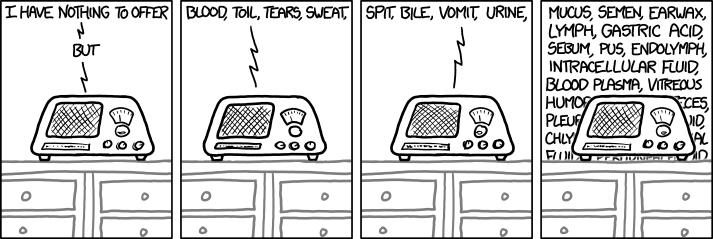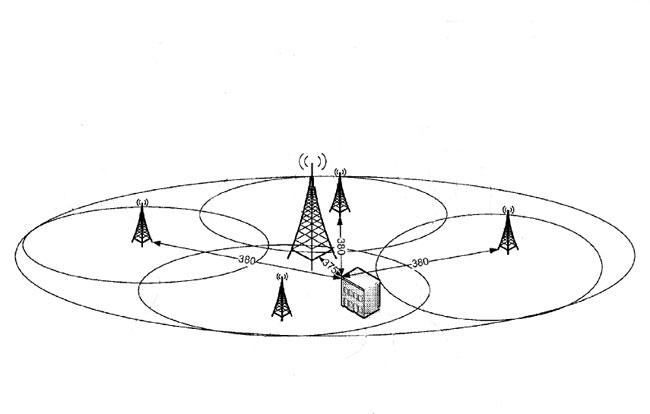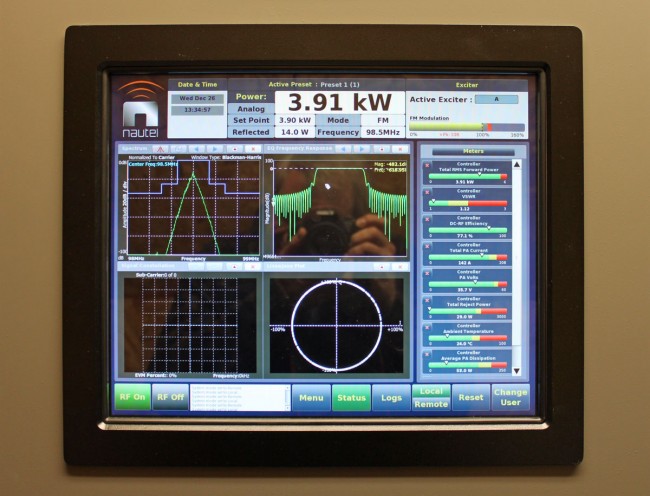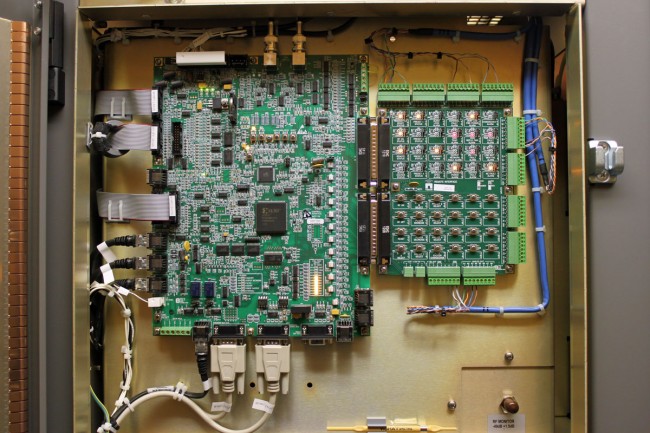Friday funnies:

From xkcd
I found a 1981 Continental Electronics equipment catalog at an old transmitter site. These finds are great if one is interested in history and looking at the way things used to be done. This particular transmitter is a 2,000 KW (2,000,000 watt) medium wave unit:

I believe most units like this were destined for use by government broadcasters in either the middle east or Western Europe. I know there were several 1,000 KW medium wave stations in West Germany at one time. The Continental transmitter is basically two 1,000 KW units (323C) combined. They used a modified version of Doherty modulation, that is called “Screen and Impedance,” which accurately describes how it works. More information from the Continental Catalog can be found here: Continental D323C. The tubes (or valves depending on where you are located) used in the D323C were 4CW25000A tetrodes as modulators and IPA the final was a pair of X2159, which is an impressive tube.

The tube sat anode up. The filament, grid, and screen connections are underneath. Cooling water was pumped through the two connections on the top at about 130 gallons per minute depending on the plate dissipation. With a 30° C rise, that equals about 96,000 BTU per minute. The D323C had a dissipation of 400,000 watts for the carrier tube and 240,000 watts for the peak tube (640 KW total) under 100% modulation. That equals about 2 million BTU per hour. Notice the lifting hook, this tube weight in at 175 pounds. Tube date sheet here.
Continental no longer makes medium wave transmitters, their closest high powered broadcast product now is the 418/419 and 420 HF (shortwave) transmitters. The 420D does a wimpy 500 KW using a solid-state modulator section.
I remember in the early 1990’s when I was at the Harris plant in Quincy, they were working on a 1,000 KW solid state DX series AM transmitter for Saudi Arabia. It had to be liquid cooled, which added another layer of complexity to an already complex system.
I don’t know if there is much call for 2 MW medium wave transmitters anymore as there are more efficient ways to reach remote populations and I can’t even imagine what the electric bill would be like.
I saw this item many weeks ago, but, had not had time to look at it until now. Geo Broadcasting Solutions has filed Petition for Rule Making (RM-11659) based on a system that divides the coverage area of major stations into smaller zones allowing for ad targeting of specific audiences. They have coined the term “Zone Casting” to describe the scheme. It is covered by two US-issued patents filed by Lazer Spots, LLC: 20120014370 and 20110065377. After a look at these two patents, it seems there are three possible ways to accomplish this Zone Casting Scheme:
All of the transmitters are linked to the studio via digital STL systems, and content for the zone transmitters is distributed via IP network. The transmitter frequencies are synced with GPS, similar to FM on channel booster stations. Method number three includes possibly switching the transmitter output to a lower gain and or lower height antenna.

Of the three methods, the first system will result in the fewest interference issues. No matter which method is used, there will be interference issues between the zone transmitters and or the main transmitter where the signal strengths are equal and the audio is 180 degrees out of phase. These can be moved around slightly by adding delay to the audio signal, but they will always be present. More about Same Frequency Networks (SFN) and Synchronized FM signals can be found here. While the zone transmitters are transmitting dissimilar localized information, standard capture effect rules apply.
The system has had limited testing in Salt Lake City, Utah (KDUT) and Avon Park, Florida (WWOJ), which according to the filing and comments, went well.
Geo-Broadcasting is applying to conduct a full test with WRMF in Palm Beach, FL. The expected installation will include up to 22 zone transmitters.
Conceptually, tightly targeted advertising is not a bad idea. Advertisers like it because they perceive a better return for their dollar. The cost of such a system is not insignificant. Transmitter site leases run $1-2K per month, leased data lines, equipment, installation work, equipment shelters, etc will likely run several hundred thousand dollars or more.
If it gets approved by the FCC, it will be interesting to see how it works and whether or not the system is financially justifiable.
We are currently installing this sweet little transmitter:

Like its big brother, the NV-40 at WVPS, the NV-5 is a very cool transmitter. I am a born skeptic, things like touchscreen displays tend to make me a little nervous, especially on a transmitter connected to a 350 feet tall steel tower right next to the transmitter building. That is the one major difference between WVPS and this site; at Mount Mansfield there are many things between the transmitter and antenna, but in this place, not so much. Even so, Nautel makes a good product, so troubles are not expected.
The ground strap, AC power, remote control, and composite audio connections were all made without difficulty. The result, new transmitter on the air:

This unit is analog only, but the information on the spectral display is still useful. The GUI uses Linux with a touch screen, which is a neat feature.

In case the front panel GUI goes out, all transmitter controls can be accessed via push buttons on the remote control interface, which is the small board to the right. The main controller board is on the left.